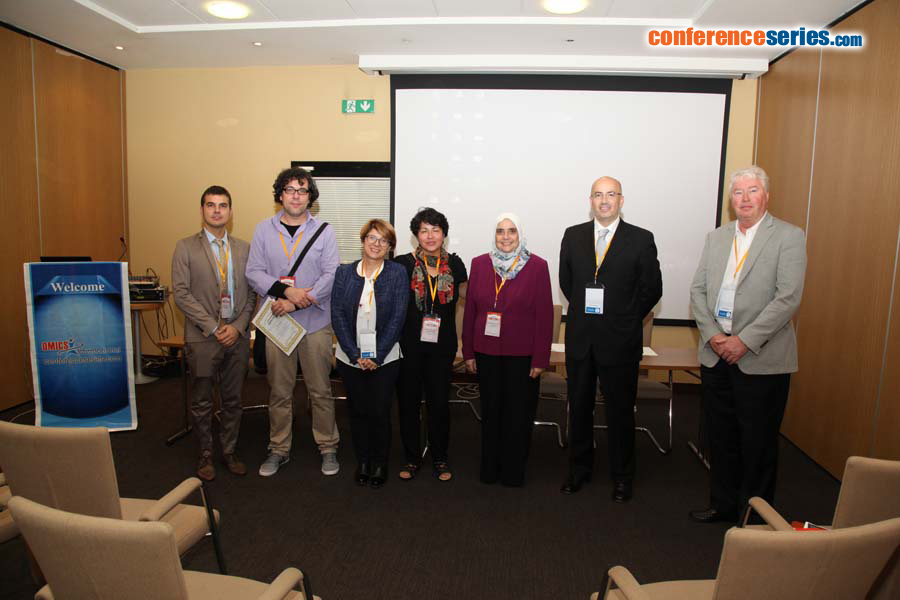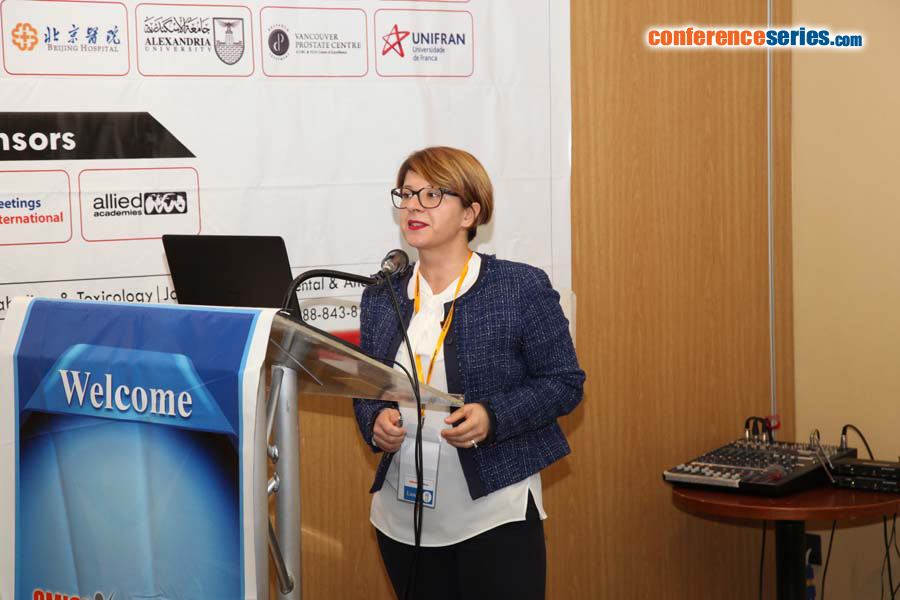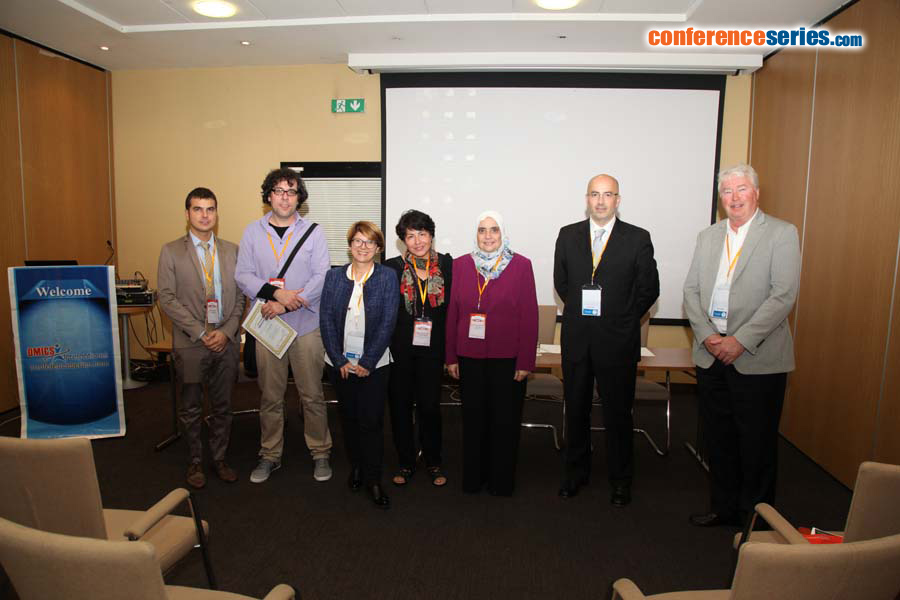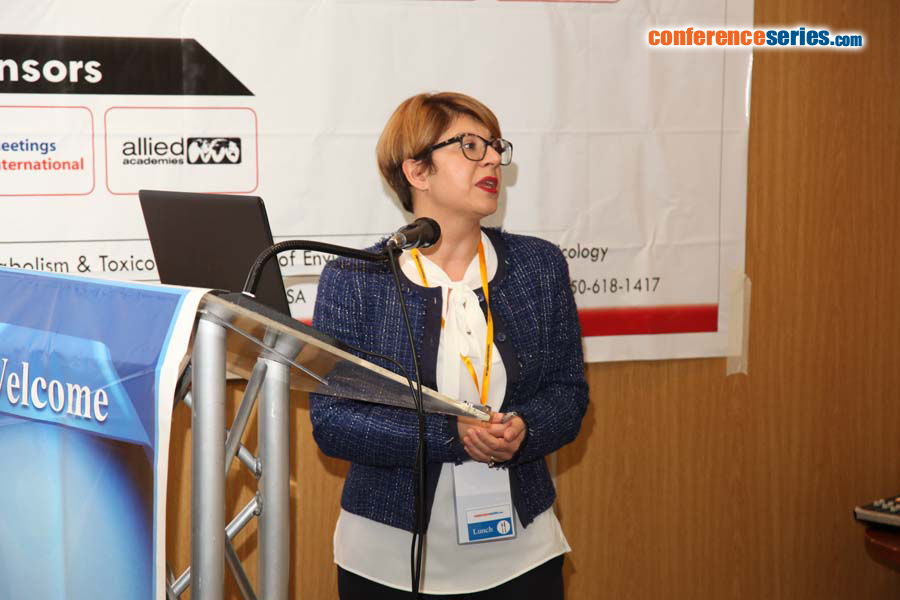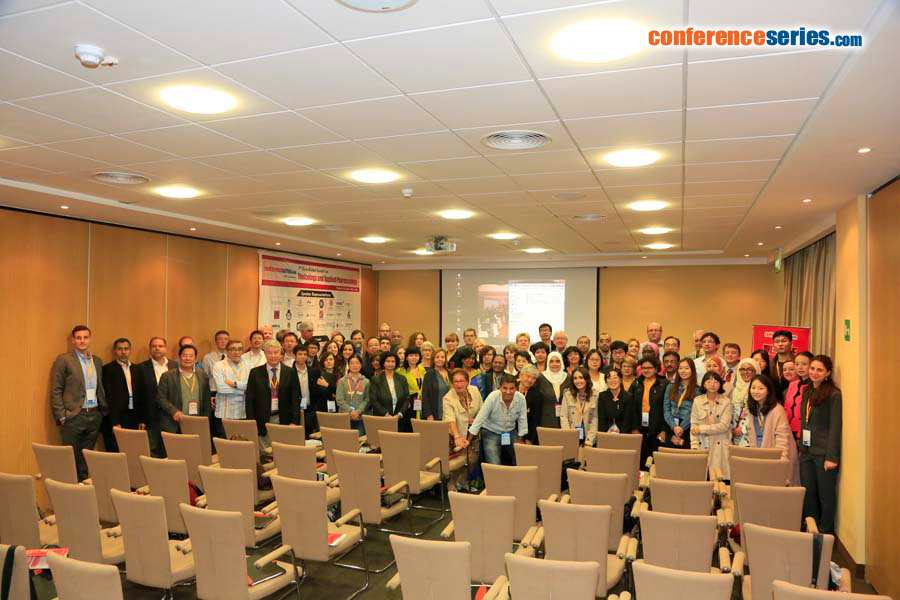Lisa Vaccari
Elettra Sincrotrone Trieste, Italy
Title: Potentialities of synchrotron radiation (SR) fourier transform infrared microscopy (FTIRM) for environmental toxicology and pharmacology
Biography
Biography: Lisa Vaccari
Abstract
The setting up of new methodologies for the assessment of material toxicology is a field of research continuously evolving in order to answer the new and urgent questions of the modern era. In this framework, SR-FTIRM is emerging as a valuable tool for in vitro and ex vivo toxicological studies. Th e technique is able to provide biochemical information on the sample under investigation in a label-free, safe and spatially-resolved manner, through the investigation of the vibrational motions of the molecular constituents. In this presentation, a short introduction of Elettra Sincrotrone Trieste, III generation Synchrotron
Facility in Italy will be given, focusing on the activities in the toxicology fi eld at SISSI beamline, the infrared laboratory at Elettra. Several topics will be covered, such as: Th e chemical characterization of asbestos bodies versus environmental particulates (anthracosis) in human lung tissues from asbestos exposed and control patients; the biochemical modifications on crustacean (Porcellio scaber) digestive glands upon exposure to diverse nanoparticles, (tungsten, zinc and silver oxides), the concentration of which in environmental systems is increasing as a consequence of anthropogenic activities. Th e correlation between chemical state, concentration and shape of the nanoparticles on animal toxicity will be highlighted and; an overview
on the in vitro capabilities of SR-FTIRM will be given, focusing on the possibility to monitor in real-time on live single cells the effects of therapeutics and stressor agents in general. A comparison with more conventional analytical approaches such as flow cytometry will be presented.


